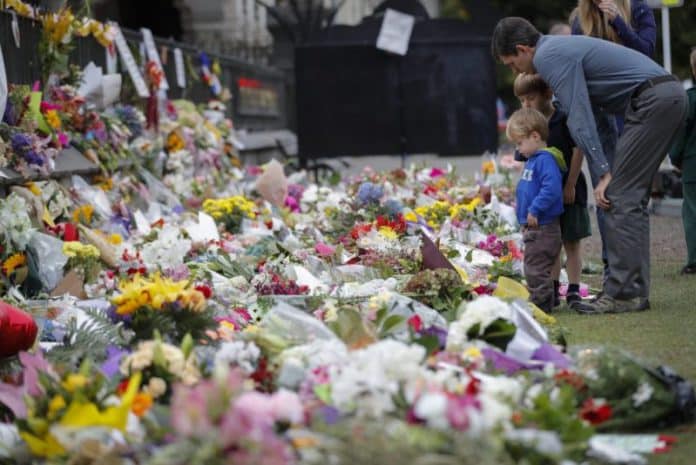The Christchurch terror attack – which at the time of writing, had claimed 51 innocent lives and ruined hundreds of others – was just the latest in a long series of massacres by far-right extremists.

Many sections of the media would not have coined it an act of terrorism had the 28 year-old Australian perpetrator not himself described it as such in a rambling 87-page manifesto which revealed months, if not years, of planning. The role played by social media in the tragedy highlighted the fundamental challenges in limiting the spread of extreme ideologies: it is easier than ever for extremists to connect, everyone has a platform, and authorities and organisations alike are either unable or unwilling to intervene.
These are the stories of some of the 50 people who lost their lives in the Christchurch mosque attack pic.twitter.com/aBd5HJaBpS
— NowThis (@nowthisnews) March 17, 2019
In the moments before he walked into two Christchurch mosques during Friday jumu’ah prayer, Brenton Tarrant posted his manifesto, along with a link to the horrific live stream of his shooting, on 8chan, an internet message board which, unlike the unaffiliated and more renowned 4chan, is not moderated by administrators. The responses were largely celebratory; some posted Nazi memes, others encouraged Tarrant and wished him well. In the immediate aftermath of the attack too, many supported the mass murder on social media, including in the comments sections of posts by mainstream media outlets.
It is difficult to imagine that, in the absence of alt-right echo chambers like 8chan, attacks like these would be as prevalent as they are today. The anonymity of the internet allows those with traditionally unacceptable ideologies to connect, to validate each others’ dangerous views, and to convince themselves that they are anything but fringe-dwellers in a society which rejects their violent subcultures. Facebook is no different, with its algorithms set up to show users the content they are most likely to engage and agree with. After all, as a listed company, Facebook’s primary motivation is to keep users on the site for as many hours a day as possible.
Facebook removed 1.5 million videos of the Christchurch attacks within 24 hours — and there were still many more. https://t.co/qgGBVqwvvC
— The Washington Post (@washingtonpost) March 17, 2019
In the past, far-right extremists wore hooded cloaks to hide their identities; today, they hide behind fake and, alarmingly, real Facebook profiles. One thing that has not changed is that they are, in the majority, disaffected white men. In open society, these men are, or perceive themselves to be, rejected outcasts. But on internet message boards, in private Facebook groups, and increasingly, on more mainstream, public forums, they are celebrated as heroes. As validation rolls in, even if in as subtle a form as a Facebook like, their ideologies grow more extreme, spurred on by the support and the sense of belonging no doubt missing from their real lives. The effect is even more profound when those with higher profiles, such as conservative commentator Andrew Bolt and Queensland Senator Fraser Anning, lend their names and voices to the cause.
Fraser Anning had an egg smashed over his head by a protester today after the Senator issued a statement blaming the Christchurch massacre on “the immigration program which allowed Muslim fanatics to migrate to New Zealand in the first place”. https://t.co/WgPMqgsA1r pic.twitter.com/RURnZRP5eD
— The Daily Telegraph (@dailytelegraph) March 16, 2019
Revealingly, data from the US ADL Center on Extremism shows that, since September 11, 2001, white supremacists and other far-right extremists have killed far more people on American soil than any other categories of domestic extremist. In fact, 71% of extremist-related fatalities in the US between 2008 and 2017 were committed by far-right and white supremacist movements. By comparison, Islamist extremism accounted for 26%, and left-wing extremism just 11%.
Authorities often trawl through underground message boards, including on the dark web, but even controlling and prosecuting rampant paedophilia and blatant drug trafficking is an impossible task. Identifying the perpetrators of possible lone wolf terrorist attacks amidst a sea of right-wing trolls is even more impossible; the internet, and the movement, is simply too vast.
The most concerning aspect of the staggering rise of far-right extremism is that it creates a vicious cycle of revenge attacks, xenophobia, fear and suffering, and there is no circuit breaker in sight. In the past, conflicting ideologies on this scale have led to war. Without intervention and condemnation from those that matter, we may well be doomed to repeat history, despite all the lessons it has taught us.




